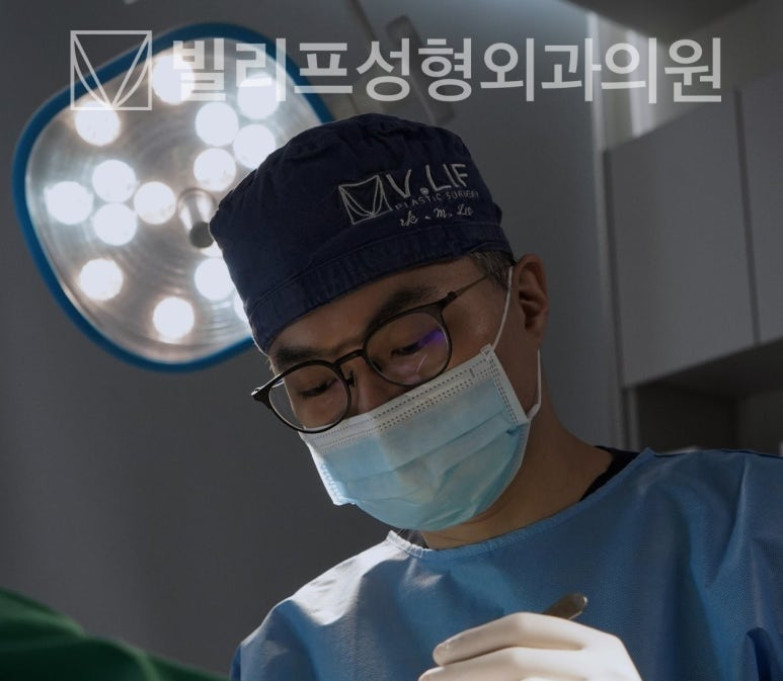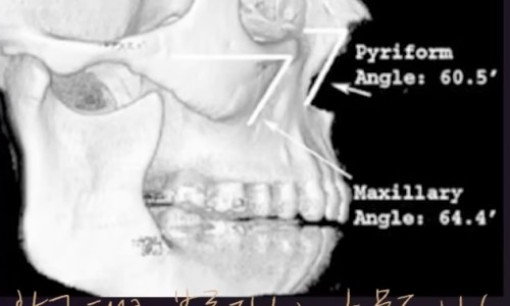Understanding Scar Tissue After a Facelift

Ever wondered about what inevitably happens after a facelift?
If you're considering a facelift to restore skin elasticity and achieve a smooth, wrinkle-free lifted face, there's something you absolutely need to know about: scar tissue.
Scar tissue is an inevitable part of the healing process after a facelift.
What is Scar Tissue?
Scar tissue refers to the clumping of collagen tissue that occurs as the separated skin and tissue reconnect after a facelift.
It's a natural part of the wound healing process, occurring when new cells settle within the tissue. While not visible externally, it can feel hard to the touch or manifest as changes in volume.
Common areas for scar tissue formation include the area below the cheekbones, the deep buccal fat pads, and behind the ears where the skin is anchored. It typically develops in the deeper layers beneath the skin.
When Does Scar Tissue Form and How Long Does It Last?
Generally, scar tissue starts to form around 3 to 4 weeks post-surgery and becomes more pronounced up to 3 months.
During this period, certain areas of the face may temporarily appear raised or asymmetrical. However, these changes will gradually subside over time.
In most cases, scar tissue softens after 3 months, and the tissue returns to a normal state between 6 months to a year.
How Can Scar Tissue Be Alleviated?
Since scar tissue is part of the body's natural healing process, gentle care that aligns with the recovery period is more important than aggressive treatments.
It's crucial to remember that scar tissue is not a side effect but a part of the recovery response. Therefore, it's best to stay informed, manage it consistently, and monitor its progress rather than become anxious.
Belief Plastic Surgery offers unlimited scar care.
The progression and recovery speed of scar tissue or incision site changes after a facelift vary from person to person.
Belief Plastic Surgery addresses these individual differences by offering a scar care program.
We provide unlimited treatments to ensure consistent management as needed, supporting a stable transition from initial recovery to long-term skin improvement.
A facelift is more than just a cosmetic procedure. It involves various physiological changes such as tissue recovery, swelling, and scar tissue formation.
All these processes must proceed stably to achieve optimal results.
*Post-operative complications such as bleeding, infection, and inflammation are possible and may vary from person to person.
*This post was written by Belief Plastic Surgery to provide medical information in compliance with Article 56, Paragraph 1 of the Medical Law.
Curious about facelifts?
Contact us on KakaoTalk













Source :https://blog.naver.com/swijayo/224073592587
No comments yet.
